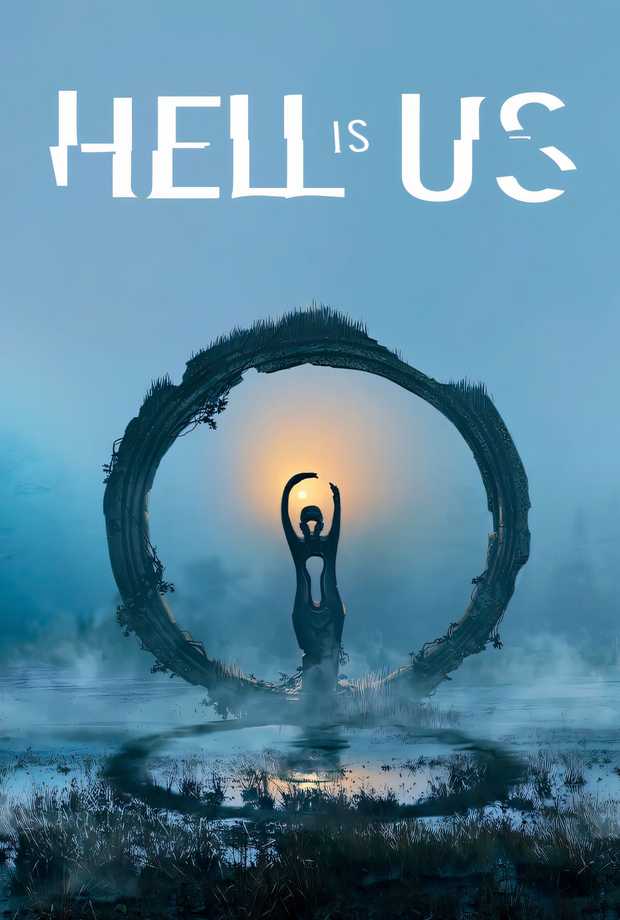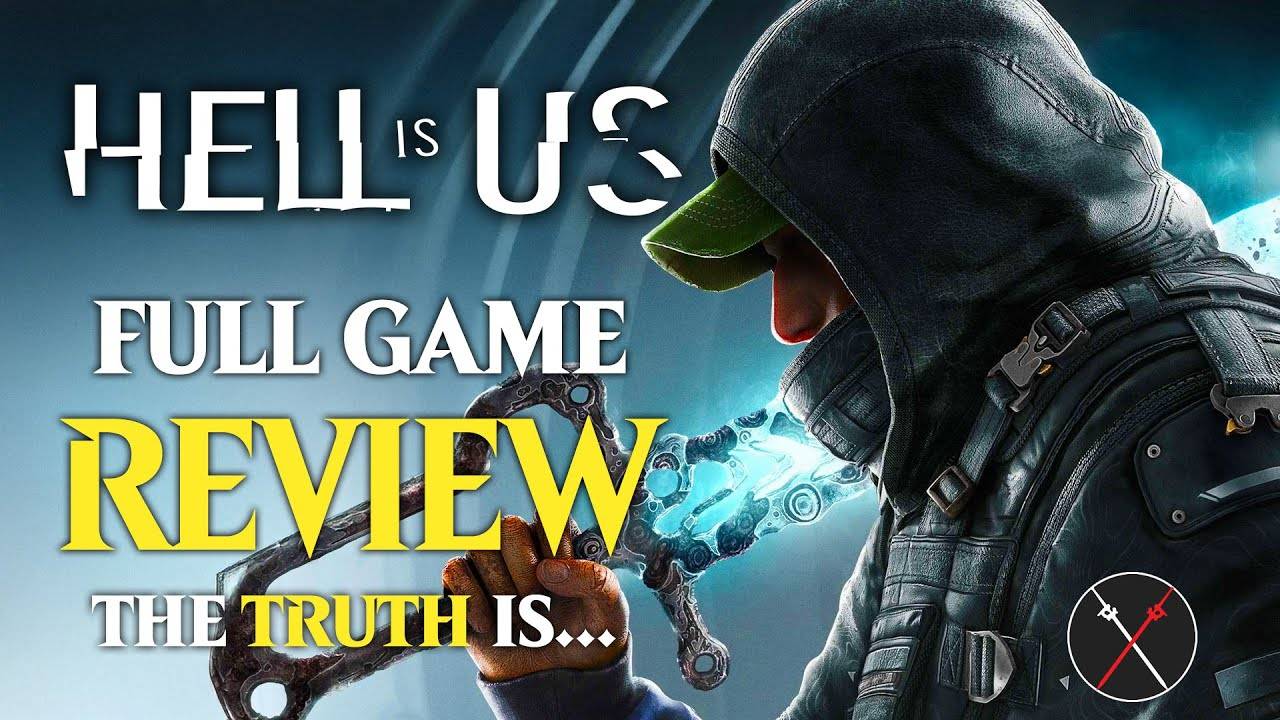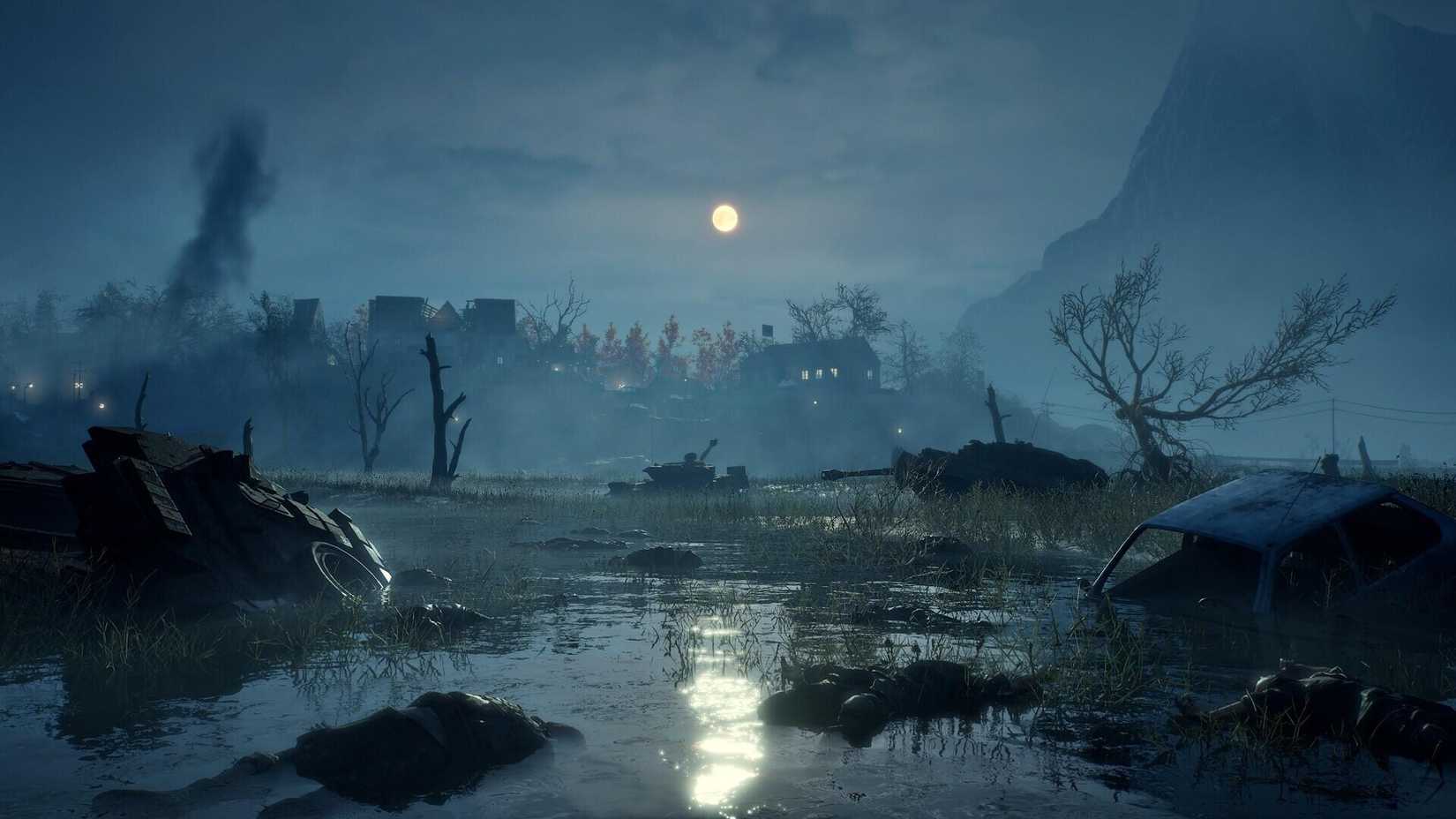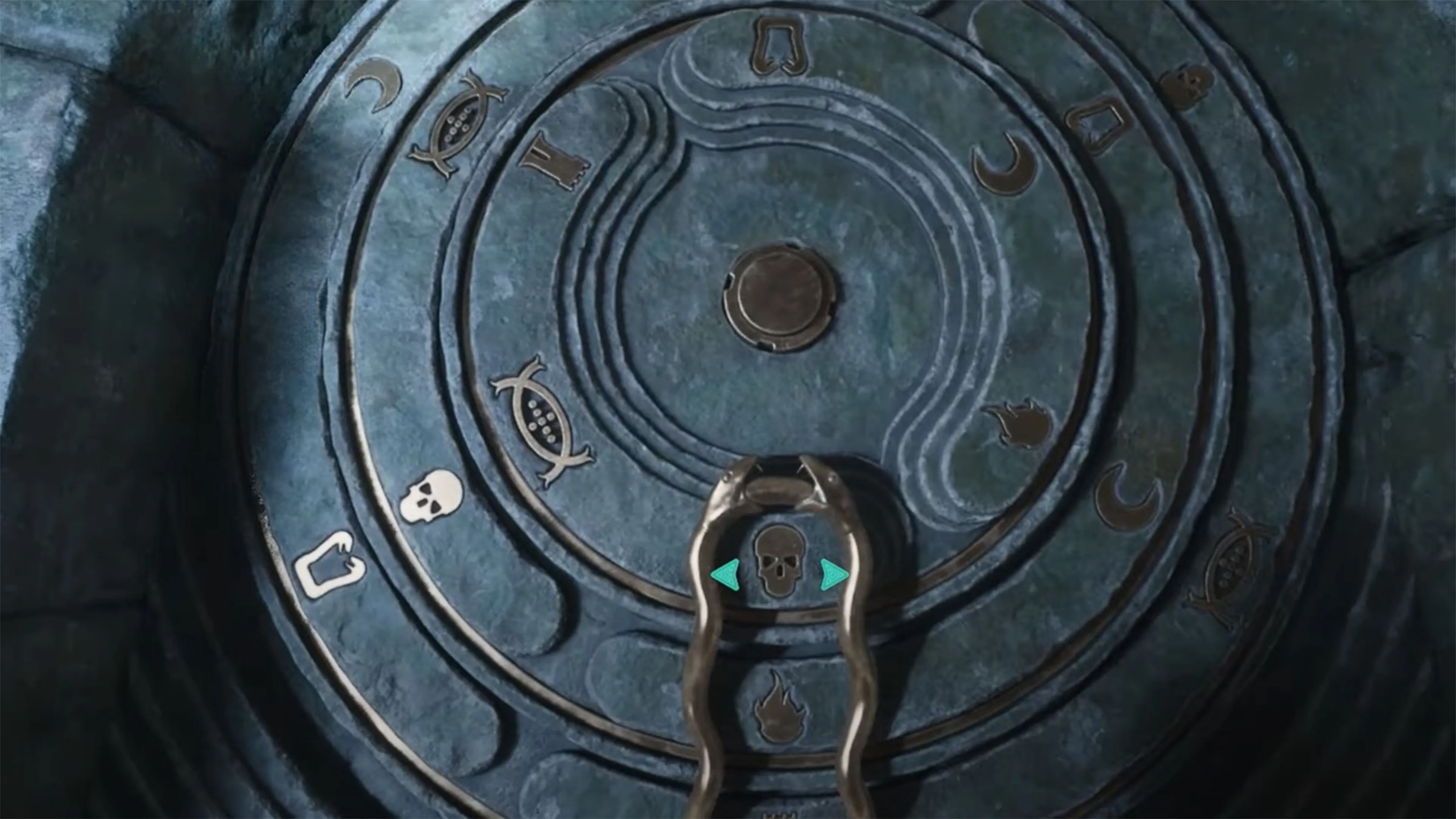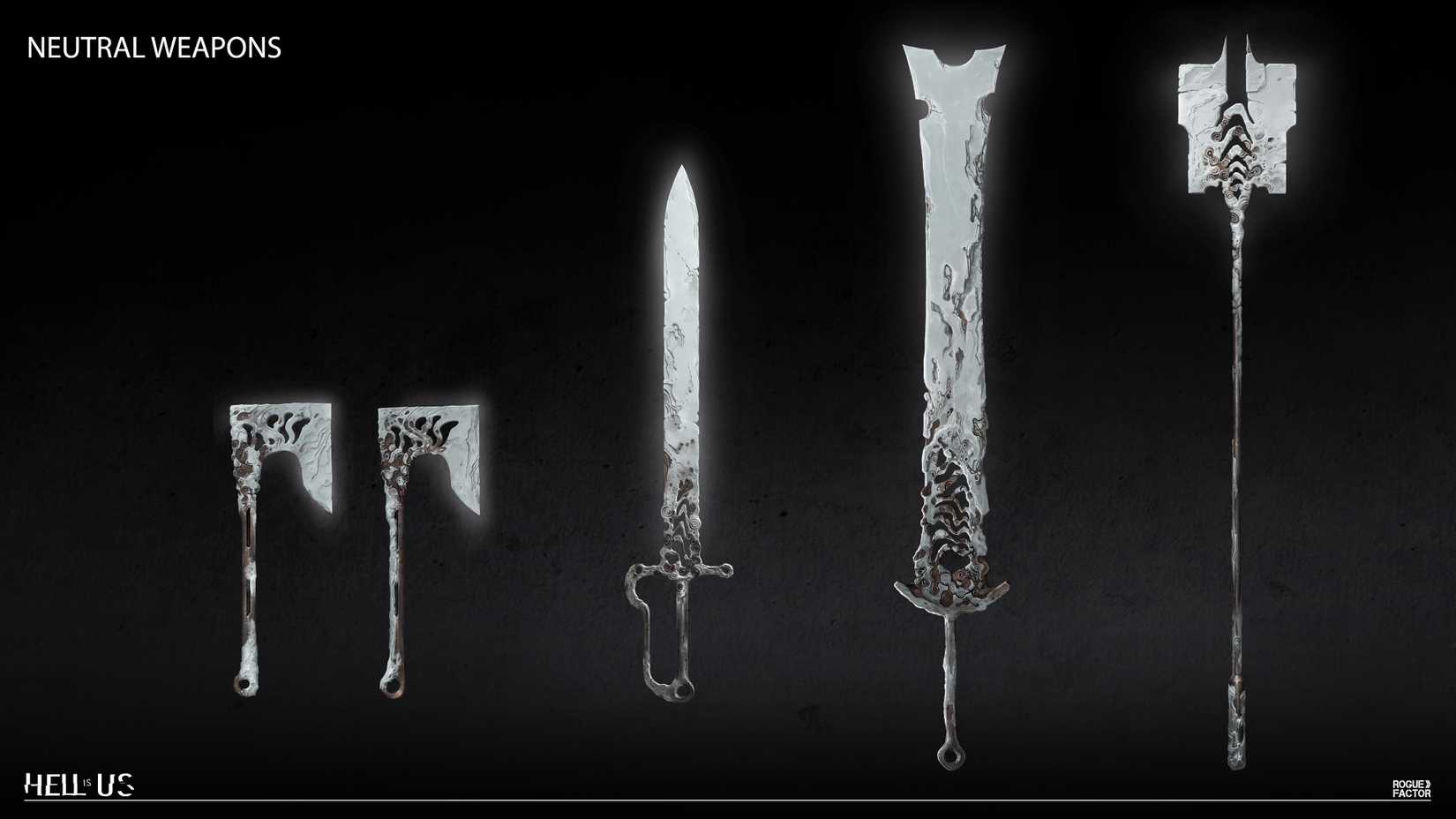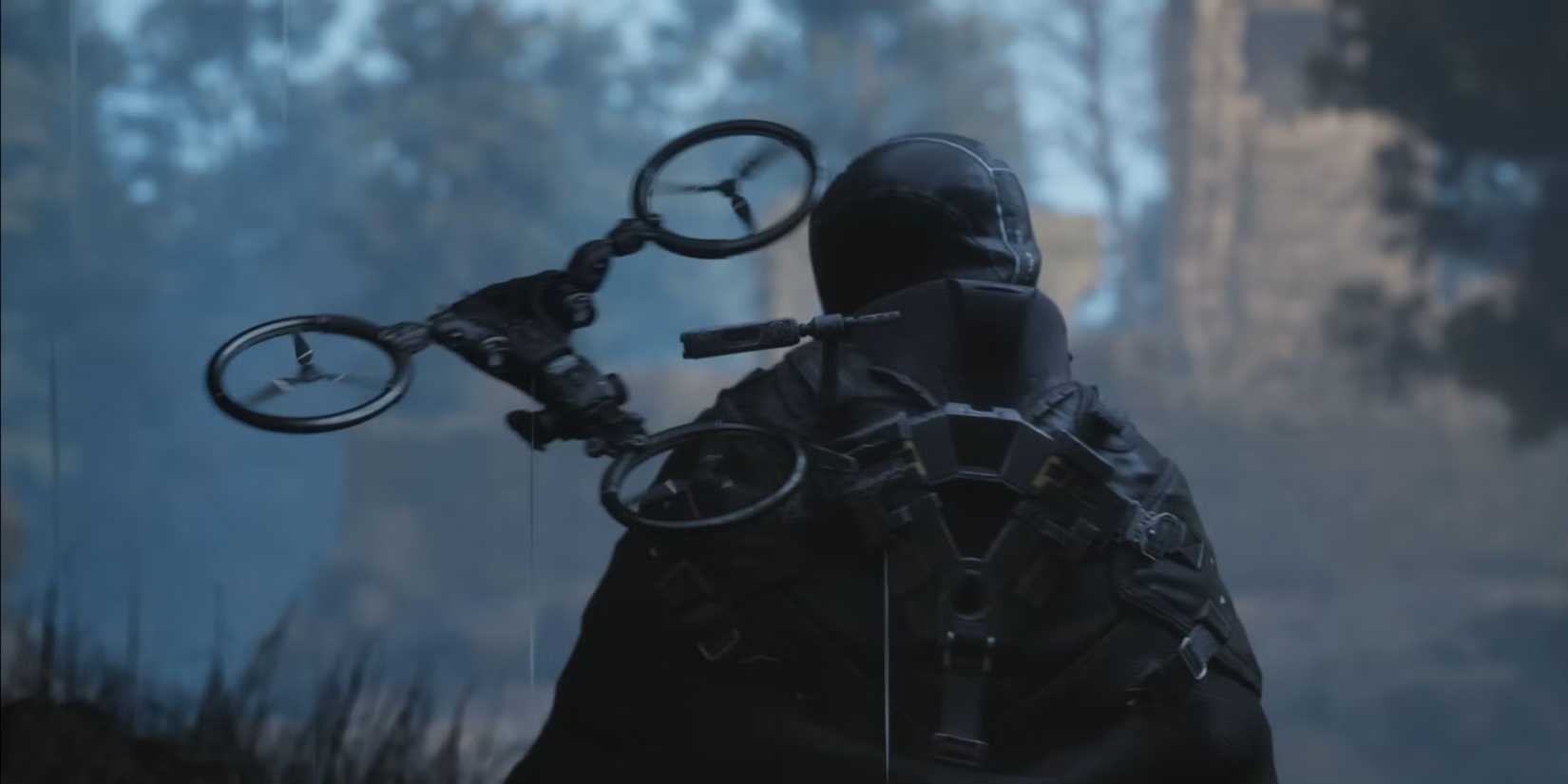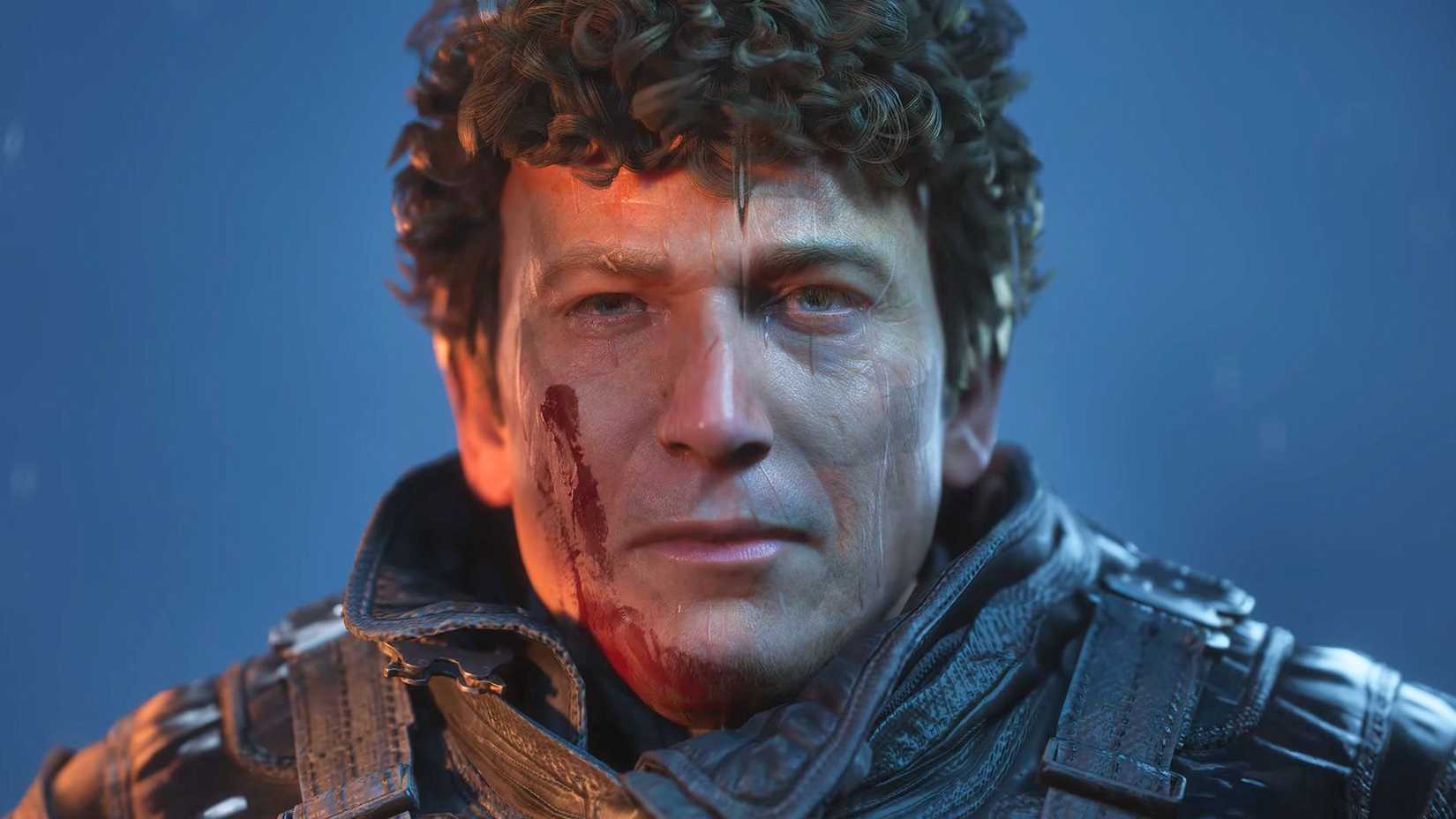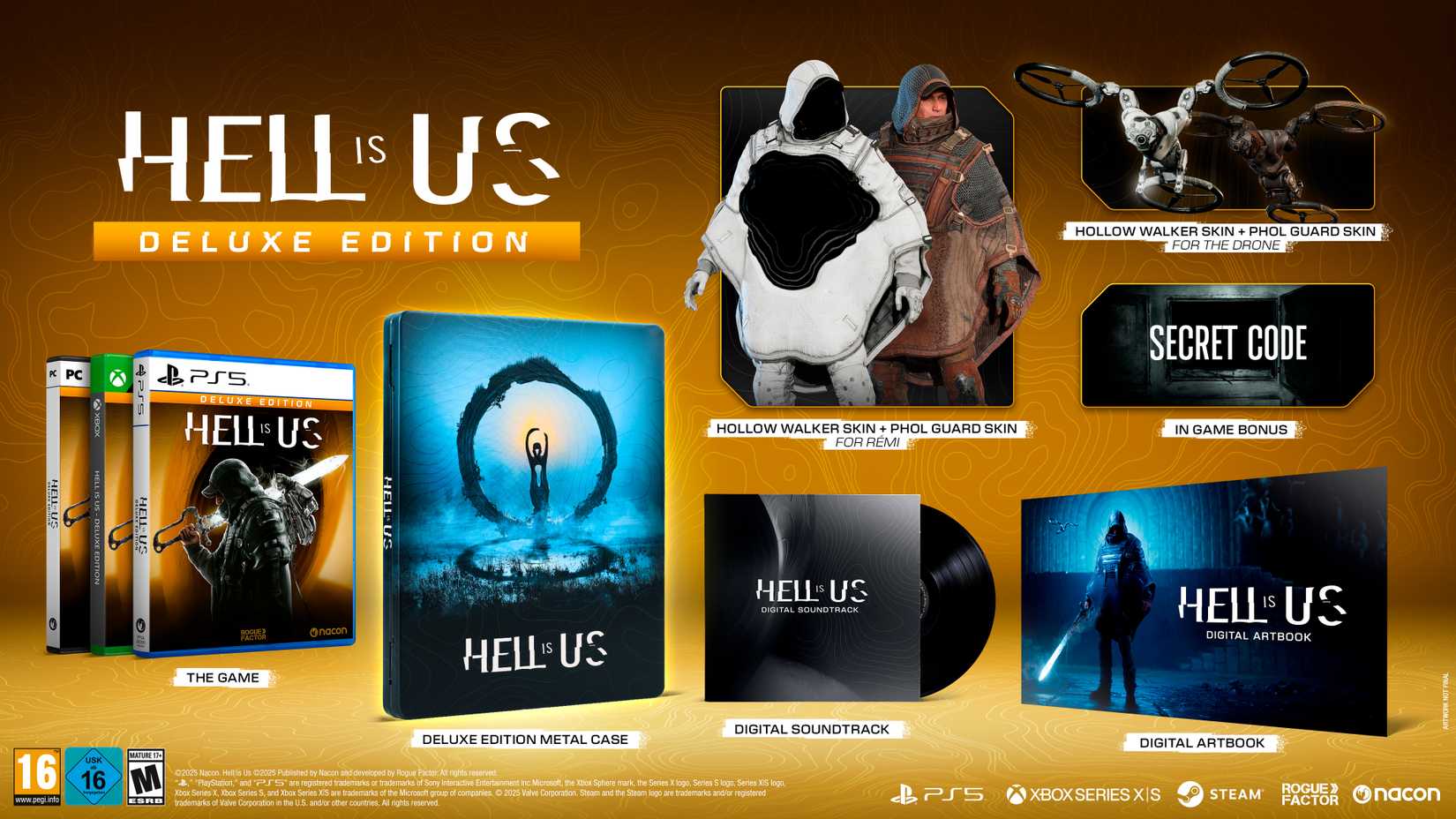Story and Setting
Excellent – the story and setting are arguably the best aspect of the game. The world-building and storytelling are phenomenal, drawing you into the atmosphere of Hadea.
I didn’t really care for the ending, which for me was a letdown after so much effort went into crafting the world and narrative. It felt like it wasn’t on the same level as everything that came before. Of course, that may be subjective, but personally, I found it disappointing.
Gameplay
Exploration and Combat
Exploration involves traversing a dozen or so maps, jumping back and forth as you uncover more clues about what’s happening in Hadea. Along the way, you’ll help citizens with their plights through Good Deeds.
These usually involve finding and delivering items, sometimes multiple ones. What makes it unique is that you can trade with every single NPC, so you never know who needs what.
Time also progresses as you move between maps, changing landscapes and NPC locations, which can cause you to fail quests.
For example, if someone desperately needs medicine and you don’t deliver it, they will die and you’ll fail that Good Deed.
Exploration also includes puzzles that unlock lore and loot.
These range from simple locked doors with keys to more complex challenges like finding combinations, flipping switches in the right order, or uncovering hidden triggers scattered across maps.
The game does not mark these puzzles, as there is no map, so you must rely on memory.
Thankfully, the menu provides some hints, like indicating the region of a locked door, though the required key may be in another area.
I loved this hands-off approach to exploration. Choosing which maps to explore and in what order, combined with figuring out what to do with items and who to give them to, was easily the best part of the gameplay besides world-building.
Combat, however, is another story. While the basics attacking, dodging, parrying, and using skills feel solid, the enemy variety is severely lacking.
By the end of the second area, you’ve essentially fought every base enemy type in the game, with only slight variations afterward.
Bosses are just stronger versions of regular enemies, with no unique or memorable encounters.
There are only four weapon types, and many skills aren’t useful, making combat repetitive within five hours and largely the same for the rest of the game.
Relics and equipment offer passive effects similar to Rings or Talismans in Souls games, but they don’t significantly change combat.
One highlight is the Drone, which functions in combat and can be upgraded with different abilities.
Customizing it was fun, but overall, most players will likely be disappointed with the lack of variety, especially when combat makes up about 50% of the game.
Audio, Visuals, and Design
Visually, the game is stunning. The art style, music, and sound design are outstanding, with the soundtrack delivering goosebumps and deep immersion.
The voice acting is solid, though not exceptional. Unfortunately, Remi (the protagonist) may be the least interesting character.
On PC, performance was excellent. I averaged 80 FPS on high settings at 1440p with minimal dips and no crashes using a 3080 Ti and 12900k.
Bugs were rare and minor, like NPC dialogue not triggering, which reloading fixed.
Replayability
My playthrough lasted about 30 hours, but you could stretch it to 40 if you complete all Mysteries and Good Deeds.
Since there are no branching decisions, only one ending, and repetitive combat, there’s little reason to replay. At most, it’s one solid playthrough.
Price Point
Hell is Us costs $49.99 on PC and $59.99 on Xbox and PlayStation.
The Deluxe Edition runs $69.99 on PC and $79.99 on console, offering extras and 3 days of early access.
If not for the repetitive combat, the standard edition would feel like good value. As it stands, the world-building and exploration are worth it, but the combat may let down many players. If combat doesn’t bother you, it’s a safe Day 1 buy. Otherwise, wait for a sale around $30–35.
Final Thoughts
Hell is Us had the potential to be something special. Its unique storytelling and hands-off exploration stand out in today’s overly hand-holding gaming market. However, it falls short due to poor enemy variety and repetitive combat.
If combat weren’t such a core element, this flaw could be overlooked. But since it makes up half the gameplay, it becomes impossible to ignore.
With more focus on this aspect, Hell is Us could have been a Game of the Year contender, which is saying a lot given how many strong releases we’ve seen this year.

